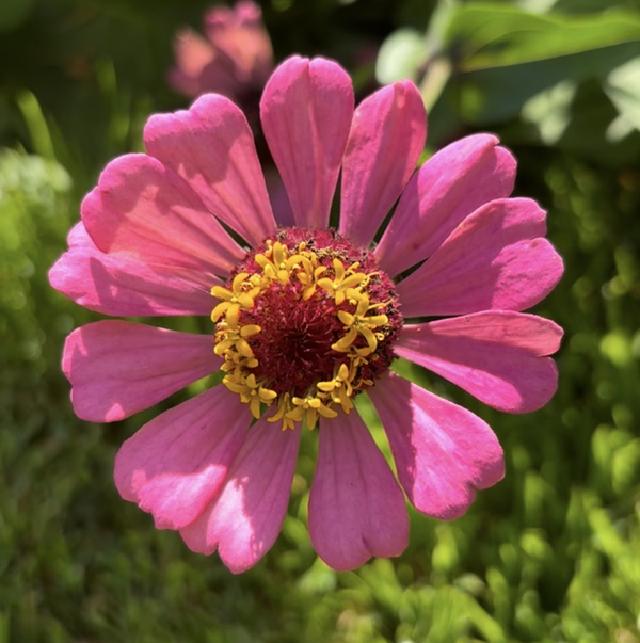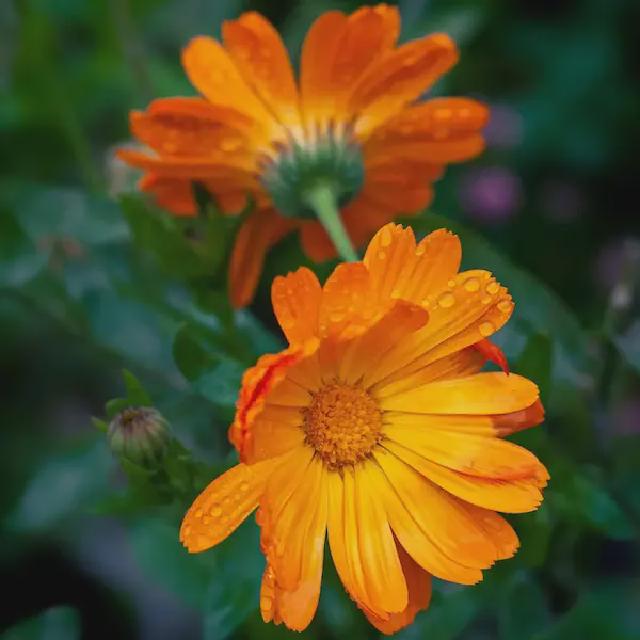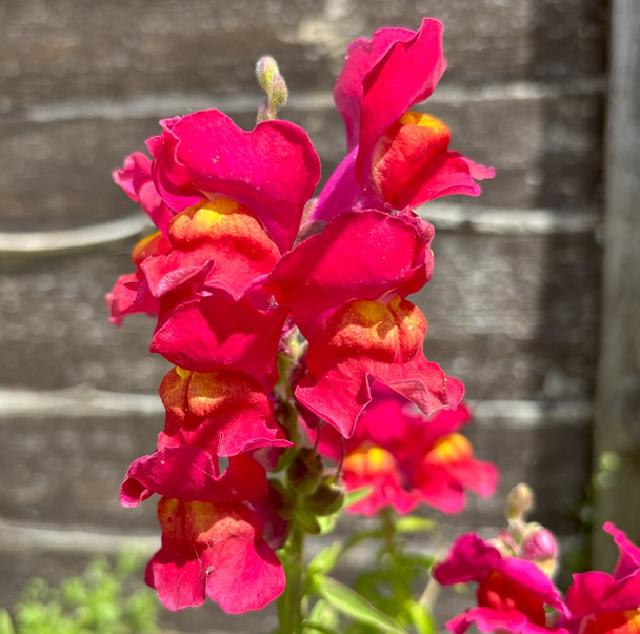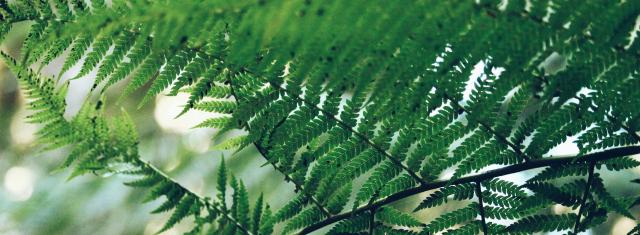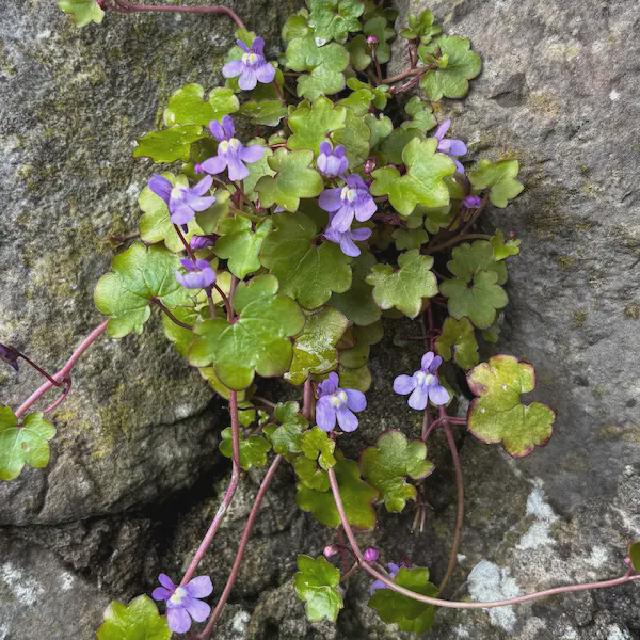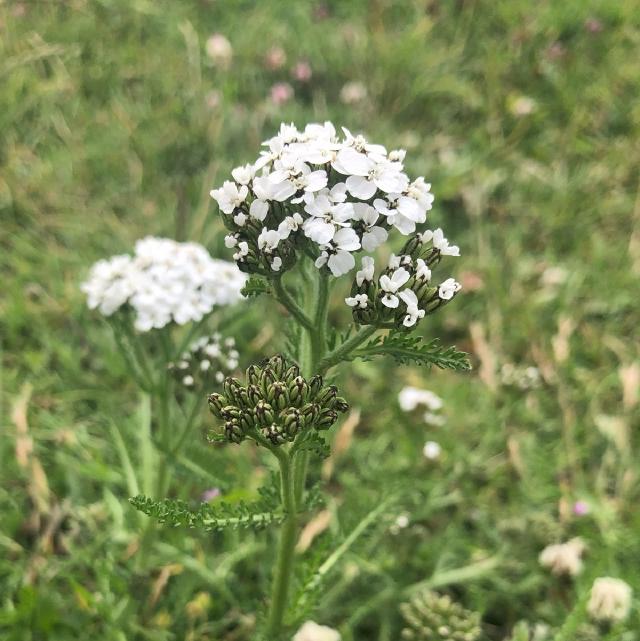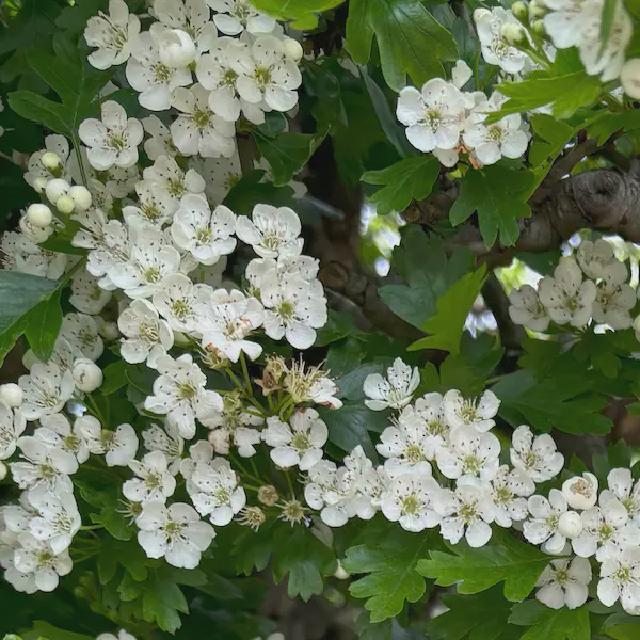Nasturtium
Nasturtium (Tropaeolum majus) grows quickly and spreads easily, making it a useful annual for filling beds. It’s long valued in allotment gardens for being both ornamental and edible. The flowers and leaves have a sharp, peppery taste, similar to watercress. You can also crystallise the flowers—brush them with egg white, sprinkle with sugar, and leave them to dry for a crunchy, sweet treat. The seed pods can even be pickled as a caper substitute.
Snapdragon
Snapdragon (Antirrhinum majus) is mostly grown for its tall flower spikes and vivid colours, but the blooms are technically edible. The flowers have a mild, slightly bitter flavour and are best used sparingly as a garnish. While they’re not a common choice for flavour, they can look beautiful in salads and on cakes.
Calendula
Calendula (Calendula officinalis), also known as pot marigold, is a hardy annual with bright orange or yellow petals. The flowers are edible and have a kind of peppery flavour. Fresh petals can be scattered over salads, soups, or rice dishes. Dried petals are sometimes called poor man’s saffron and used to colour butter, cheese, or broth. Only the petals are eaten; discard the bitter green base. Calendula has also been used in traditional herbal preparations for skin care.
Cornflower
Cornflower (Centaurea cyanus) is an annual with bright blue flowers once common in cornfields. The petals are edible and have a mild taste. They’re best used fresh as a garnish for salads, cakes, or drinks. The colour holds well after picking, making them useful for drying. Cornflowers are also sometimes used in loose-leaf tea blends.
Zinnia
Zinnia (Zinnia elegans) is a vibrant annual known for its bold, long-lasting blooms. While primarily grown for ornamental purposes, the petals are edible and come in beautiful colours. The flavour is mild and slightly grassy, so they’re best used as a decorative garnish. Zinnias made history as the first flowers to be grown in space, part of NASA’s experiments in long-term food cultivation.
Borage
Borage (Borago officinalis) is a lesser-known herb with brilliant star-shaped blue flowers. The blooms have a light cucumber flavour and are excellent in summer drinks, ice cubes, or tossed over salads. Traditionally used in Pimms cocktails, borage is also loved by pollinators. Its leaves are also edible when young, although they’re hairy and best cooked or used sparingly.
Dianthus
Dianthus, often called pinks (Dianthus spp.), produce frilly flowers with a sweet, clove-like aroma. The petals are edible and can be used to garnish desserts, salads, or cocktails. Only the petals should be eaten—remove the bitter white base first. They’ve been used historically to flavour syrups and cordials, particularly in Victorian times.
